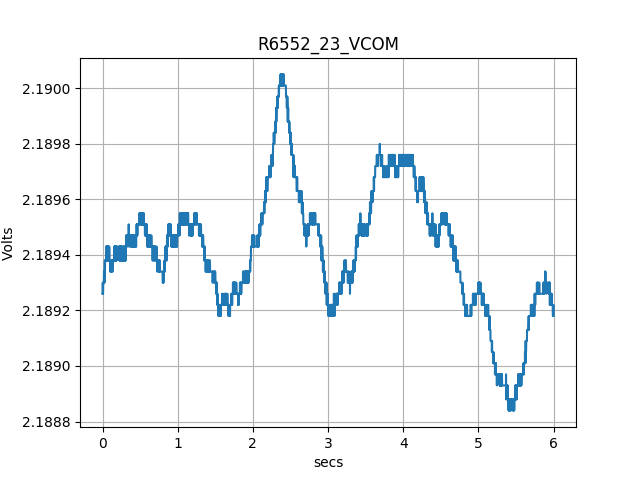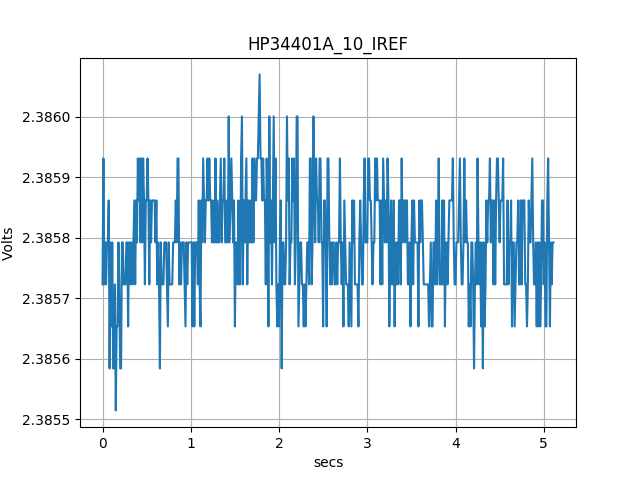Other Parts Discussed in Thread: PCM1794, LME49720
Hello,
I can observe a low frequency drift (~1Hz) at the output of the current to voltage converter differential stage, it is proportional to output voltage, amplitude is roughly 1 part per thousand ( 5mV at 5V output). I tried to investigate around power supplies, but I did not see any low frequency noise. I just see Vcom is not stable although there is a 47UF capacitor here, I measured 2.192V but with 0.8mV slow change, and I guess it can act with Iout as well.
Have you any exoerience with low frequency noise (drift) on PCM1794A like this ?
Thanks




